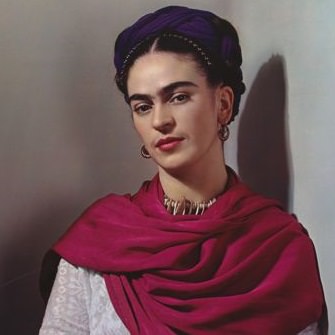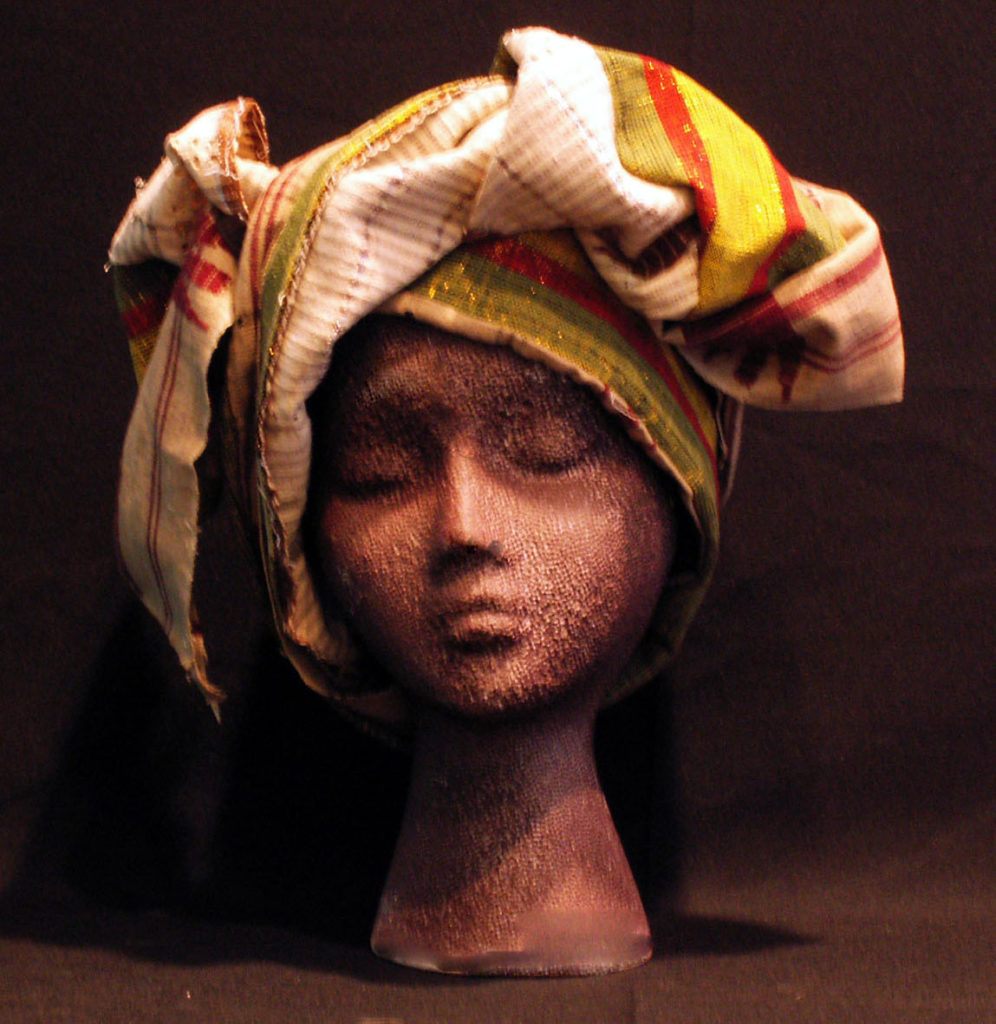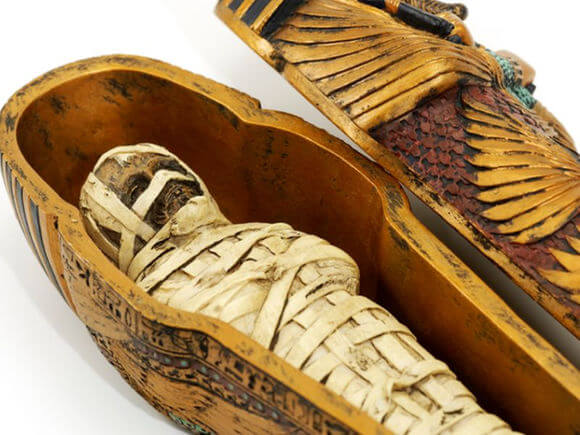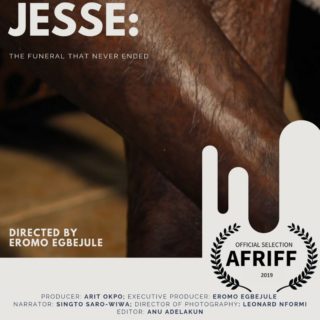
I’ve always been drawn to museums. I find myself going to the most prominent museums within the New York and Newark area at every opportunity I get. I’m not sure why, but it probably has something to do with the fact that that museums are often regarded as the epicenter of culture and for your culture to matter to the rest of the world, you have to be placed in an acceptable place of preservation.

At every museum I’ve been, I always run to the Africa exhibit first to see what they have on me, on the Yoruba people. Most times, I’m disappointed to find that the African exhibit is just a tiny room with one sarcophagus and the relics of my people have been thrown in a corner with the label “West Africa.”
When my friend, Priceless, asked me to go to a Frida Kahlo exhibit with her at the Brooklyn Museum, I couldn’t resist the opportunity to go and check out the African exhibit they had. It felt like a dream come true: I would finally see what Brooklyn looked and felt like, see the life and art of a feminist icon and maybe learn some things about myself.
What I had hoped to get from the experience was a clear reflection, but I got was a distorted image.
Everyone Loves Frida Kahlo

My friend and I love Frida Kahlo, so it made logical sense for us to go to a free show dedicated to her life. Turns out 500 other people also had the same idea. The exhibit was sold out hours before it opened, so we never got a chance to see it. How is this important? It’s not. But if you love Frida Kahlo, so do many other people and if you wait till the last minute to get tickets to see her life up close, you’ll be very disappointed. We went to the Africa exhibit instead.
You stand out, until you don’t.
As a child, I always felt out of place. I was singled out amongst my peers for many reasons including the way I spoke, the way I thought, the things I said and the things I didn’t have. For a long time, I resented myself because of this. I wanted nothing more than to be normal, to blend in.
But some time after puberty, I began to accept the things that made me different. I pointed them out to people before they had a chance to use them against me. These things started to define me: I was a nerd who watched discovery channel on the weekends with her dad. I read a lot and the things I read bled into the way I spoke. I hated heels and loved sneakers. I never felt like myself in makeup, but I loved getting my nails done. I loved superhero movies. I loved art-house movies. I loved movies, generally. These things still remain true, even in my third year of college. They usually make me stand out in any crowd. But for the first time in a long time, standing in the midst of the gentrification of Brooklyn and the fresh smell of halal trucks, I saw people like me and for the first time, I was no longer special. I didn’t know whether to be angry or sad.
A Middle Eastern man will overcharge you for a hot dog until he he learns your name is Aisha, then he will give you a free water.
I did not eat before I left my dorm in Newark, because I always forget to eat when I’m stressed, have a deadline, or have to be somewhere. I’m convinced that this is some form of self-harm, but I have no idea how to stop it.
After two hours of travel, I was starving and the only thing available to me was food from overpriced halal trucks that lined the street. I decided to go for a hot dog that cost $5 ($4 more than it should have cost but who’s counting?). My friend got fish and chips which cost $10 (yes, you read that right). It was pretty clear that he was extorting us, but I was hungry enough not to care. While we were waiting for our food, my friend mentioned my name and the food truck guy put two and two together: Aisha + scarf = Muslim. I was impressed; most people miss the connection between the scarf and my Arabic name. You have no idea how many people I’ve had to yell “I’m Muslim” to over the course of three years.
The food truck guy tried sha, I’ll give him that. He told us that someone in his family is also named Aisha, returned a dollar back and gave me free water. I wanted to point out that Aisha is a very common name, but my mother taught me to never get in the way of my own progress.
Food truck guy, if you’re reading this, thank you. You’re a real one. Gentrification dey but we sef we dey.
Your grandmother’s aso oke does not belong to her anymore.

Your grandmother’s aso oke does not belong to her. Neither do her beads nor the crown of your village king or images of your local masquerade. These things have been taken from you and put in a glass case, behind a line that says “Do not touch” so strangers can have something to take selfies within the “Africa” exhibits that are always the size of shoeboxes.
The Brooklyn Museum had a Yoruba exhibit so we went to see it. Boredom is a bastard, and so is curiosity. We had nothing to do and I wanted to prove to myself that I was Yoruba enough to recognise the things that had been stolen from us decades ago. Is there a better way to stick it to the white man than testing yourself on a pop quiz about your stolen cultural artefacts while they are in a glass case and on a pedestal you could only dream of being on?
No seriously, I’d like to know.
Anyway, as Priceless and I walked around the tiny exhibit I felt a range of emotions. I felt joy to recognise familiar things in a strange man’s land; things that felt like home. I felt conflicted to see the things that had been so integrated into my life that I took them for granted feel so foreign to me.
I felt angry and ashamed at myself for my previous joy; this was obviously a terrible thing that no one should want. The cognitive dissonance is still something that I am unable to shake off. We saw some Ankara on display that I was sure my family had used for a burial once and some aso oke that had been stolen from Priceless’ family a century ago. We saw some crowns, definitely stolen from some unsuspecting king (or maybe it was a gift), and a video of a masquerade dancing on a tv screen on an endless loop. I would like to believe that many of these things were given in good faith.
The dead should not have to live in the museum.

Can we collectively decide to stop putting mummies in museums? At the very least, can we agree that putting mummies in museums is really weird?
Think about it, if someone went to your ancestors’ burial sites, raided them, and put all their stuff and dead bodies on display for people to see, would that sit well with you? If you answered yes, you’re a psychopath. In fact, I’m convinced that everyone who went through the Egyptian exhibit without feeling a chill go through them is a psychopath. Whoever went through that exhibit and did not feel uneasy looking at dead bodies suspended in glass cases is a monster. Quote me.
Note: A huge part of me is disappointed that the mummies did not come to life and start moon-walking. Also, I was very glad to get out of that exhibit
You can pull off wearing a butt plug in public if you try hard enough.
Amidst the dread of walking amongst dead bodies, Priceless and I noticed this dude who was wearing something like a kente shirt, Ankara pants and a leather jacket. Why should I care about any of this, you ask? Well, he also had a fur tail on. A fur tail, I shit you not. And the only time I’ve seen a tail like that is as a butt plug. Now before you “well actually” me, I know it was probably a key chain or something but I’d rather think someone had the liver to wear an actual butt plug in public. Please, let me have this.
“Feminist art” is code for vaginas and everyone has a nice one except Sojourner Truth.
They had a “feminist” exhibit that was interesting, to say the least. The exhibit room was set up as a triangle, and the first thing you saw when you walked in was a dinner table with plates with different images on them. We started walking around the dinner table, and it was not long before we found a common theme; vaginas as far as the eye could see.
There were flowy vaginas, psychedelic vaginas, “is that a vagina or a mangled piece of meat” vaginas, bloody vaginas, flower-metaphor vaginas so obvious my eyes rolled to the back of my head. There were a lot of vaginas. And underneath these vagina plates were names of notable women and goddesses. Hatshepsut had a vagina, Susan B Anthony had a vagina, Emily Dickinson had a vagina and then there was Sojourner Truth’s vagina.
Sojourner Truth’s vagina was not a vagina. I’m not sure what it was, but a vagina it was not. I guess what I’m trying to say is, when accomplishments of complex and interesting women are boiled down into on-the-nose metaphors, it usually does not end well.
Guest Post by Aisha Aminu.




